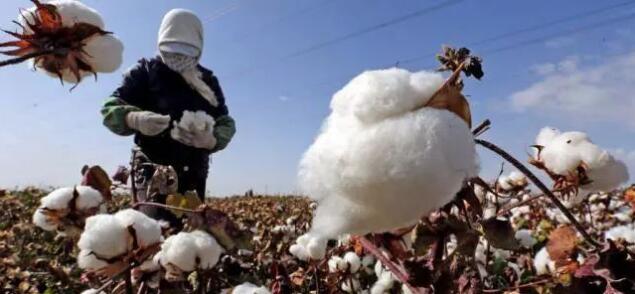
NewsInformation Center
Australia 2022 January-August silk commodity imports and exports
2023/04/17
Australia is an important market for silk commodities, and its import and export trade scale ranks among the top ten in the world. According to the Australian Bureau of Statistics, from January to August 2022, the trade volume of Australian silk commodities reached US$820 million, a year-on-year increase of 33.7%. Among them, the import value was 750 million US dollars, a year-on-year increase of 29.6%; the export value was 69 million US dollars, a year-on-year increase of 86.9%. This article will analyze the import and export of Australian silk commodities, and discuss its characteristics and trends.


1. Import situation
The import of Australian silk commodities mainly includes three categories: silk, satin and finished products. Among them, manufactured products accounted for 96.4% of the total imports and were the most important imported species. Silk and satin accounted for 3.4% of the total imports and were the second largest imported species. Silk accounted for 0.2% of total imports and was a relatively small import.
In terms of import sources, the imports of Australian silk commodities mainly come from China, India, Italy, Vietnam and Bangladesh. Together, these five countries accounted for 85.3% of total imports. Among them, China is Australia's largest supplier of silk commodities, accounting for 68.2% of total imports, a year-on-year increase of 31.1%. China has a relatively high market share in the three categories of silk, satin and finished products, respectively 38.4%, 45.2% and 68.7%. India is Australia's second largest supplier of silk commodities, accounting for 7.4% of total imports, up 47.6% year-on-year. India mainly supplies manufactured products, accounting for 7.6% of total imports of this species. Italy is Australia's third largest supplier of silk commodities, accounting for 4.3% of total imports, up 19.9% year-on-year. Italy mainly supplies satins and finished products, accounting for 10.3% and 4% of the total imports of these two varieties respectively.
In terms of imported varieties, Australia has different demand preferences for silk products from different sources. For example, the finished products imported by Australia from China are mainly clothing, home textiles and accessories; the finished products imported from India are mainly carpets, curtains and shawls, etc.; the finished products imported from Italy are mainly ties, scarves and gloves, etc. . This reflects the characteristics and advantages of different countries in the production and design of silk products.
2. Export situation
The export of Australian silk commodities mainly includes three categories: silk, satin and finished products. Among them, manufactured products accounted for 96.2% of the total exports and were the most important export species. Silk and satin accounted for 3.4% of the total export value and were the secondary export species. Silk accounted for 0.4% of the total export value and was a relatively small export variety.
In terms of export markets, Australian silk products are mainly exported to New Zealand, the United States, the United Kingdom, Singapore and Italy. Together, these five countries accounted for 76.5% of total exports.
Previous: Prospects for the development of the Indian textile testing industry in 2023
N e x t : Mastering Zipper Strength Testing: Tips and Tricks for Effective Results



